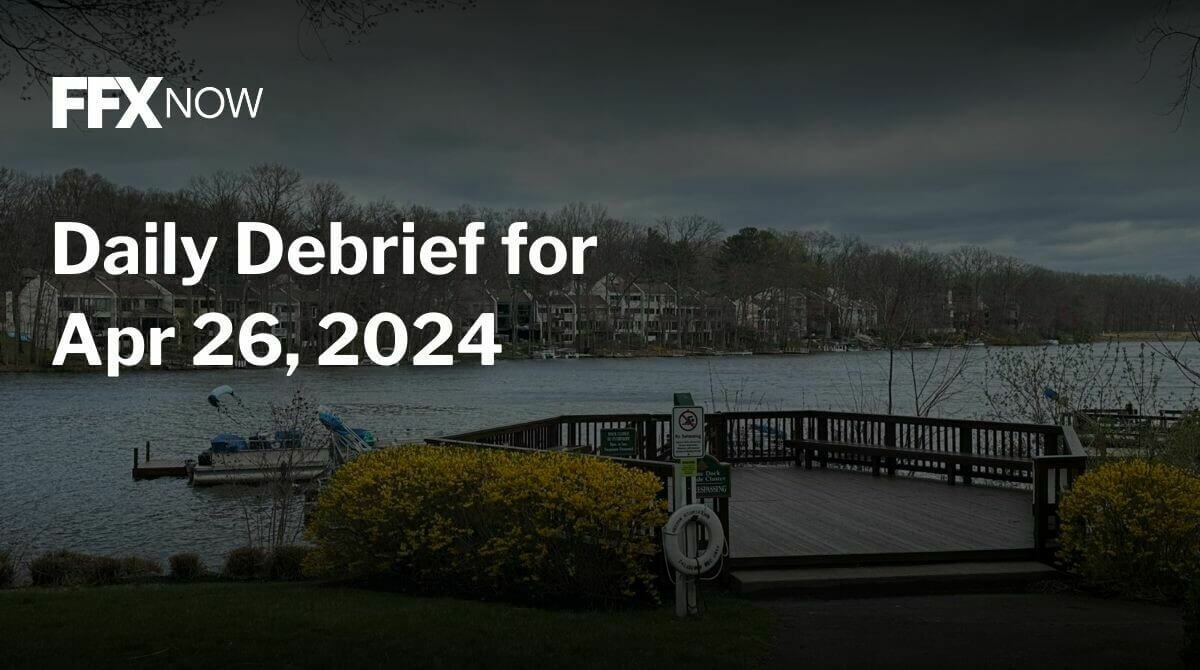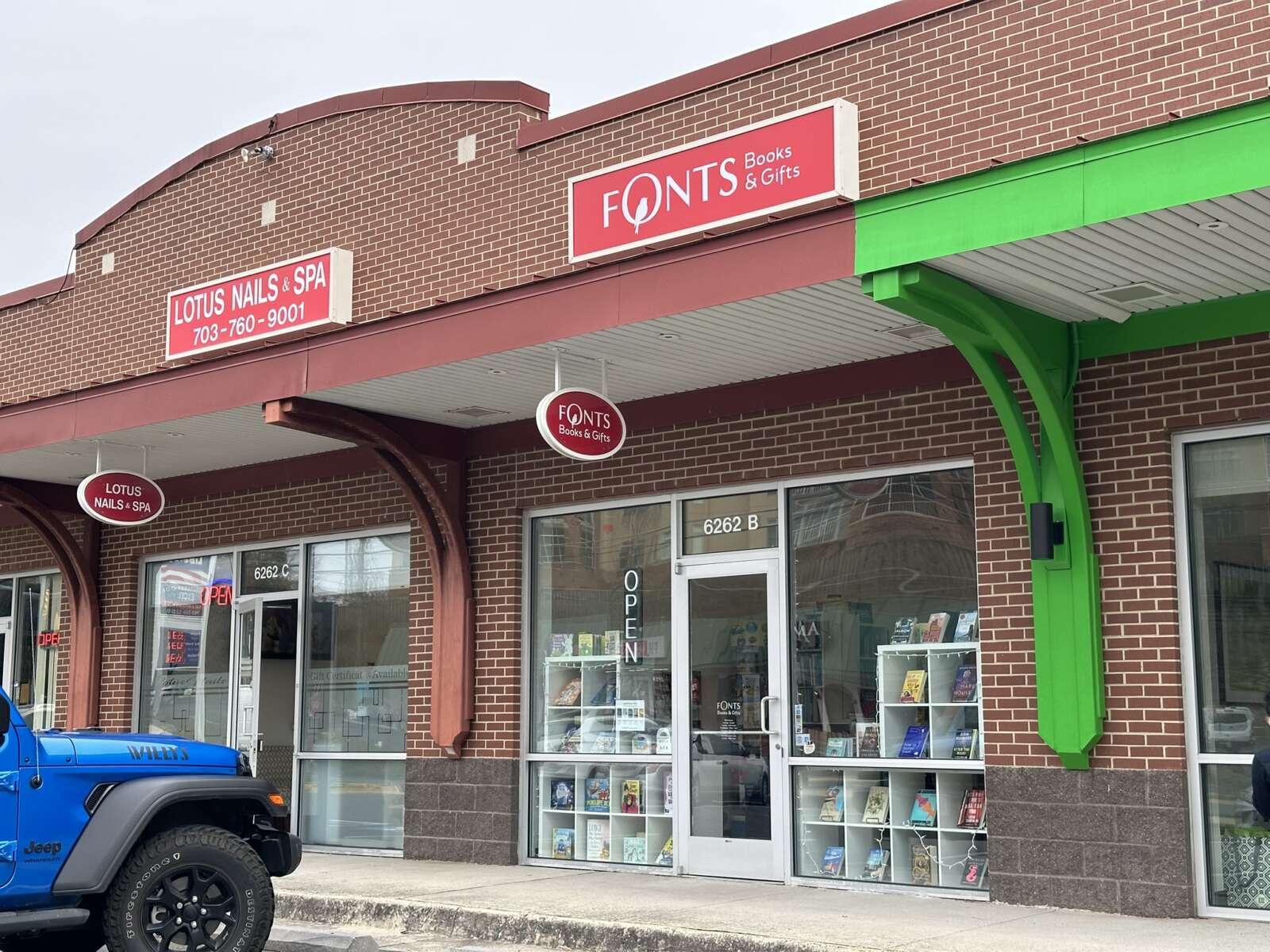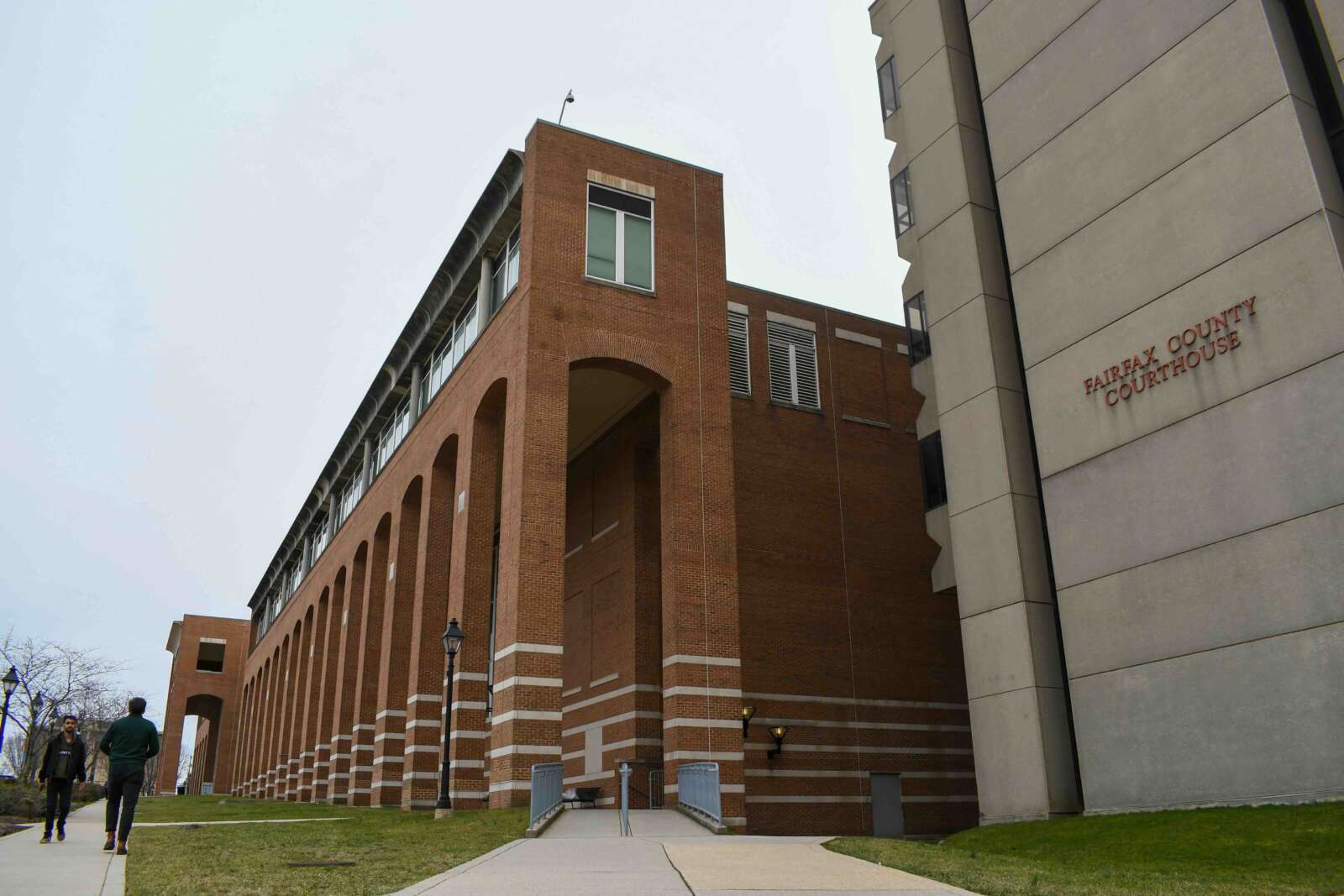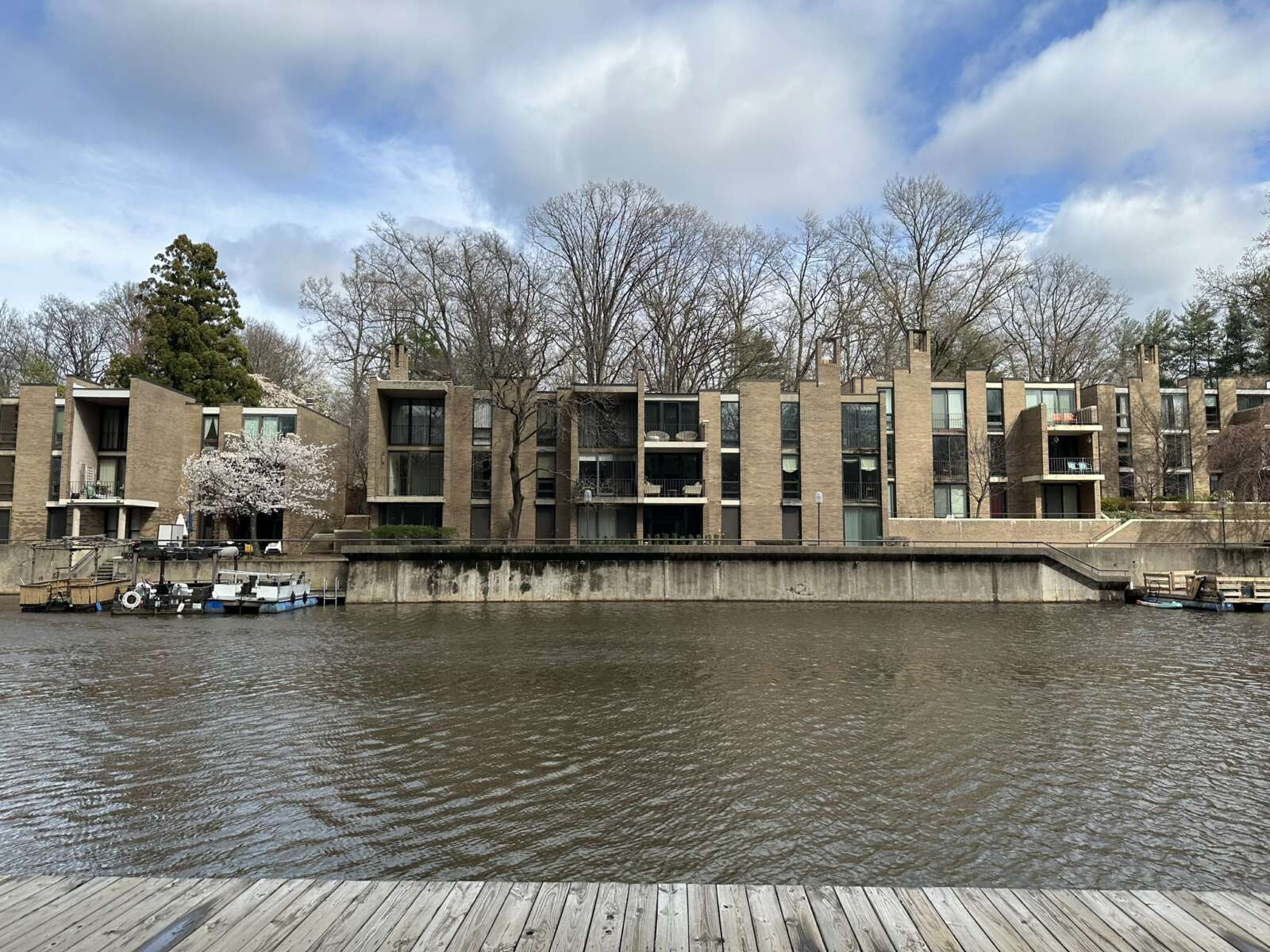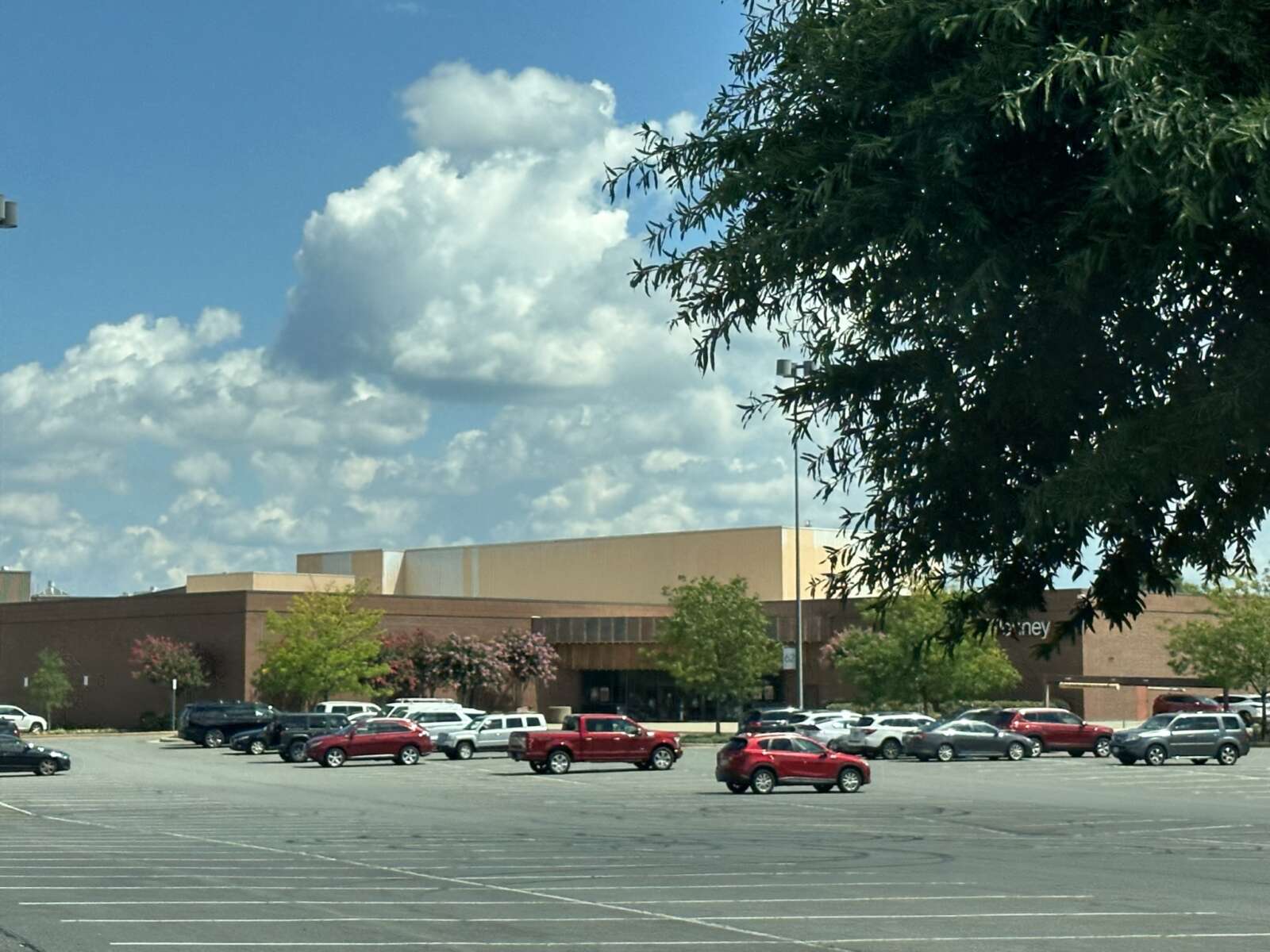
Fairfax County has officially updated its parking standards for the age of telework and transit-oriented development.
After a public hearing on Tuesday (Sept. 26) that drew dozens of speakers, the Fairfax County Board of Supervisors unanimously approved a slate of off-street parking regulations intended to steer away from the car-centric impulses that governed the suburb as it grew post-World War II.
Launched in fall 2021, the Parking Reimagined initiative was the county’s first comprehensive review of its off-street parking and loading requirements since 1988.
At that time, the Berlin Wall was still standing, the Fairfax County Government Center hadn’t been built, and the county was designed to avoid the possibility that “somebody could show up and have to circle a few minutes to find a parking spot,” Braddock District Supervisor James Walkinshaw observed.
“The county’s changed. We all know that. A diverse and urbanized county needs a variety of approaches to parking,” said Sully District Supervisor Kathy Smith, who oversaw the effort as chair of the board’s land use policy committee. “…Providing dedicated parking is still necessary in Fairfax County, but the dedicated parking must be right-sized to address current and future land use development.”
Set to take effect at 12:01 a.m. on Jan. 1, 2024, the approved amendment establishes a tiered framework that imposes different minimum parking requirements based on a development’s density and proximity to transit.
For multifamily residential developments, most of the county will fall under the base rate of 1.45 spaces per unit, as recommended by the Fairfax County Planning Commission. That’s lower than the existing rate of 1.6 spaces but higher than the 1.3 spaces that staff proposed.
Projects in more urbanized areas, including suburban centers, revitalization areas, transit station areas, transit-oriented districts, and the Planned Tysons Urban Center (PTC) District, face lower requirements.
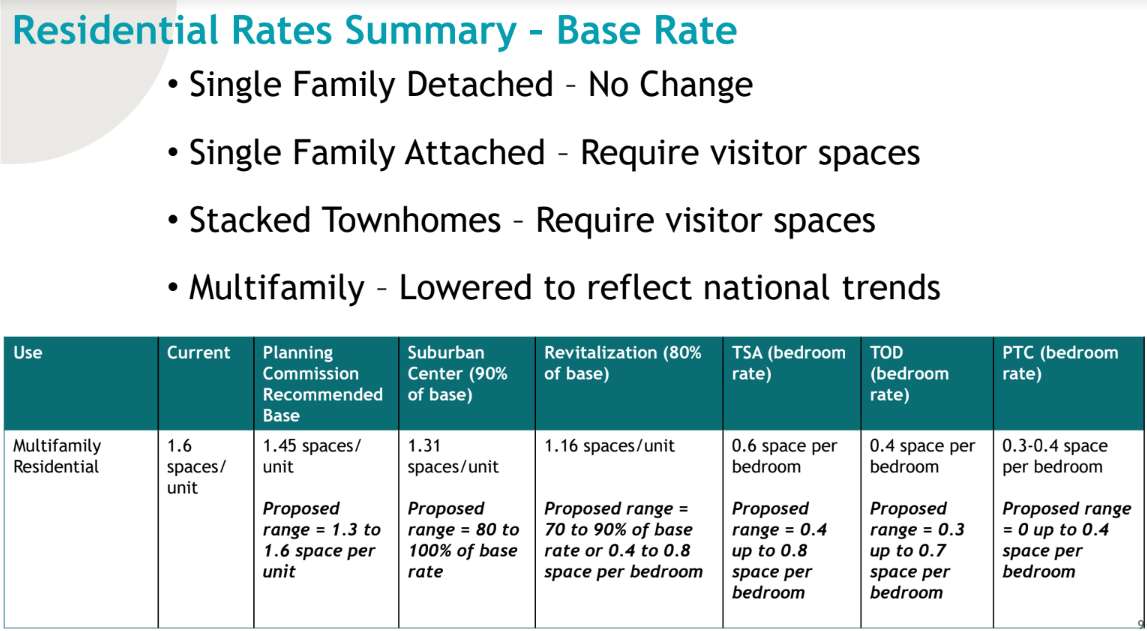
“Reducing the influence of parking in high-density areas creates opportunities to build compact developments with quality pedestrian infrastructure that allows people to travel by non-vehicular modes to access goods, services, and employment, resulting in reduced overall vehicle emissions,” county staff said.
No changes were proposed for single-family detached housing, but single-family attached and stacked townhouses will now be required to provide visitor parking in common areas, rather than confining those spaces to the driveways or garages of individual units.
Other notable revisions include:
- Bicycle parking: The county’s first-ever bicycle parking requirements set a base of at least two spaces, though the exact rate varies by location and use, increasing as automobile requirements decrease
- Loading spaces: Requirements have generally been lowered. Structures smaller than 10,000 square feet can instead provide a “receiving facility,” such as a reserved parking space or pull-off area, to support short-term activities like food deliveries and rideshare pick-ups and drop-offs.
- Parking reductions: Most deviations from the parking requirements must be approved by the Board of Supervisors, but shared parking and transit-related requests need only the land development director’s approval. Allowances have also been added for affordable housing that serves those earning 70% or less of the area median income and sites where historic or natural resources need to be preserved.
- Adverse impacts: A property owner that gets a reduction approved can now be directed to conduct a new study if the provided spaces prove inadequate. The county can require changes, such as valet parking or a shared parking agreement, to address those issues.
The county is currently developing a separate proposal to require more trees and pedestrian routes for parking lots that’s expected to go to the Board of Supervisors early next year.
Earlier in Tuesday’s meeting, the board directed staff to further review the accessible parking standards, which will be tied to the base rate instead of the tiered framework.
“While, as part of Parking Reimagined, staff has proposed measures to ensure stability in the supply of accessible parking even with proposed lower general parking requirements, Fairfax County needs to continue to be an inclusive community that provides for the amount of accessible parking that meets the needs of our community,” Board of Supervisors Chairman Jeff McKay said.
The new recommendations will be reported to the board by July 1, 2024.
While softened by the planning commission’s more moderate recommendations, skepticism of the overhaul persisted at the public hearing, particularly among homeowners’ association representatives concerned that insufficient supply at new developments will push overflow parking into their neighborhoods.
“Bus routes do not replace vehicles. Parking spaces can be safely eliminated only if the corresponding number of vehicles are eliminated. Transit improvements on a massive scale have to come first,” said Susan Jollie, president of the Hummer Woods Civic Association in Annandale.
Noting that his support of Parking Reimagined was “not without difficulties,” Springfield District Supervisor Pat Herrity said he understood both the need to adapt to “a changing world” and the frustrations of neighborhoods that “are under-parked.”
“We need parking for the world we live in today, not the world that doesn’t exist yet, because we all have to live in that world, and it impacts our businesses and residents,” he said, referencing Reston Town Center’s controversial implementation of paid parking in 2017.
However, plenty of community members — generally on the younger side — advocated for the lower staff-recommended parking rates, highlighting the benefits of reducing parking for housing costs, the environment, transit use and community safety and livability.
Naveed Easton, who introduced himself as a Fairfax County Public Schools teacher, said he and his wife “are delighted by how walkable and transit-accessible” their neighborhood near the Vienna Metro station is, but he still has to “cross a giant, empty asphalt parking lot that radiates summer heat” to walk to his local grocery store.
“Lower parking minimums mean more homes, parks and businesses within walking distance of transit and one another,” Easton said. “This increase in supply will improve affordability in our county and reduce unnecessary sprawl further out on the edges of the Northern Virginia region.”
Providence District Supervisor Dalia Palchik said she felt the new regulations don’t go far enough for her district, which includes Tysons and Merrifield, but she agreed with other supervisors that “it is a good compromise.”
The board voted to have staff collect data and return with a report on the effectiveness of the changes about five years after the new ordinance takes effect, or by Dec. 31, 2029, though some supervisors questioned whether that would be enough time.
“To some degree, I think we’ll see some trends before that, but I think, on larger-scale ones, it might take longer,” McKay said. “I think the message is important, which is we’re adopting something that should’ve been adopted, in my opinion, many decades ago.”
Recent Stories

The Gillion Academy’s Home School Basketball Program begins Fall 2024 for 7th – 12th Grade student-athletes to complete their online academic studies in a supervised and focused setting while receiving elite training from our professional basketball trainers at The Gillion Basketball Academy, a state of the art training facility in Springfield, Va. We have developed over 200 college athletes and placed over 50 players in the NBA and pro leagues overseas and provide the same level of training for our student-athletes.
We will have a virtual Open House Zoom on May 6th at 7:30PM so please go to our website to learn more about us and to fill out an interest form and register for the event and learn about the top training facility in the DMV area.
Any questions please email our Director at philip.budwick@gil-lionbasketballacademy.com.

For many remote workers, a messy home is distracting.
You’re getting pulled into meetings, and your unread emails keep ticking up. But you can’t focus because pet hair tumbleweeds keep floating across the floor, your desk has a fine layer of dust and you keep your video off in meetings so no one sees the chaos behind you.
It’s no secret a dirty home is distracting and even adds stress to your life. And who has the energy to clean after work? That’s why it’s smart to enlist the help of professionals, like Well-Paid Maids.
Pedal with Petals Family Bike Ride
Join us on Saturday, May 11th and ride into spring during our Pedal with Petals Family Bike Ride. Back for its second year, Pedal with Petals is going to be bigger than ever. This year’s event will include both an
Encore Creativity for Older Adults at Capital One Hall
Encore Creativity for Older Adults is pleased to raise the curtain and welcome community members to its spring concert at Capital One Hall in Tysons, VA on May 4, 2024. The concert, which starts at 3 PM, will bring hundreds


